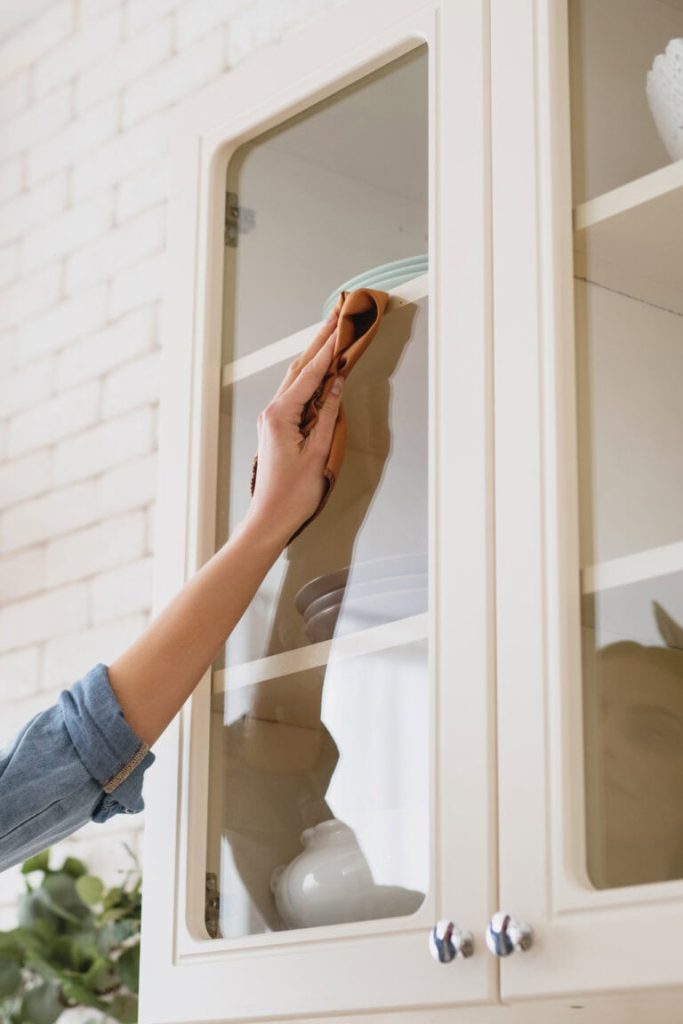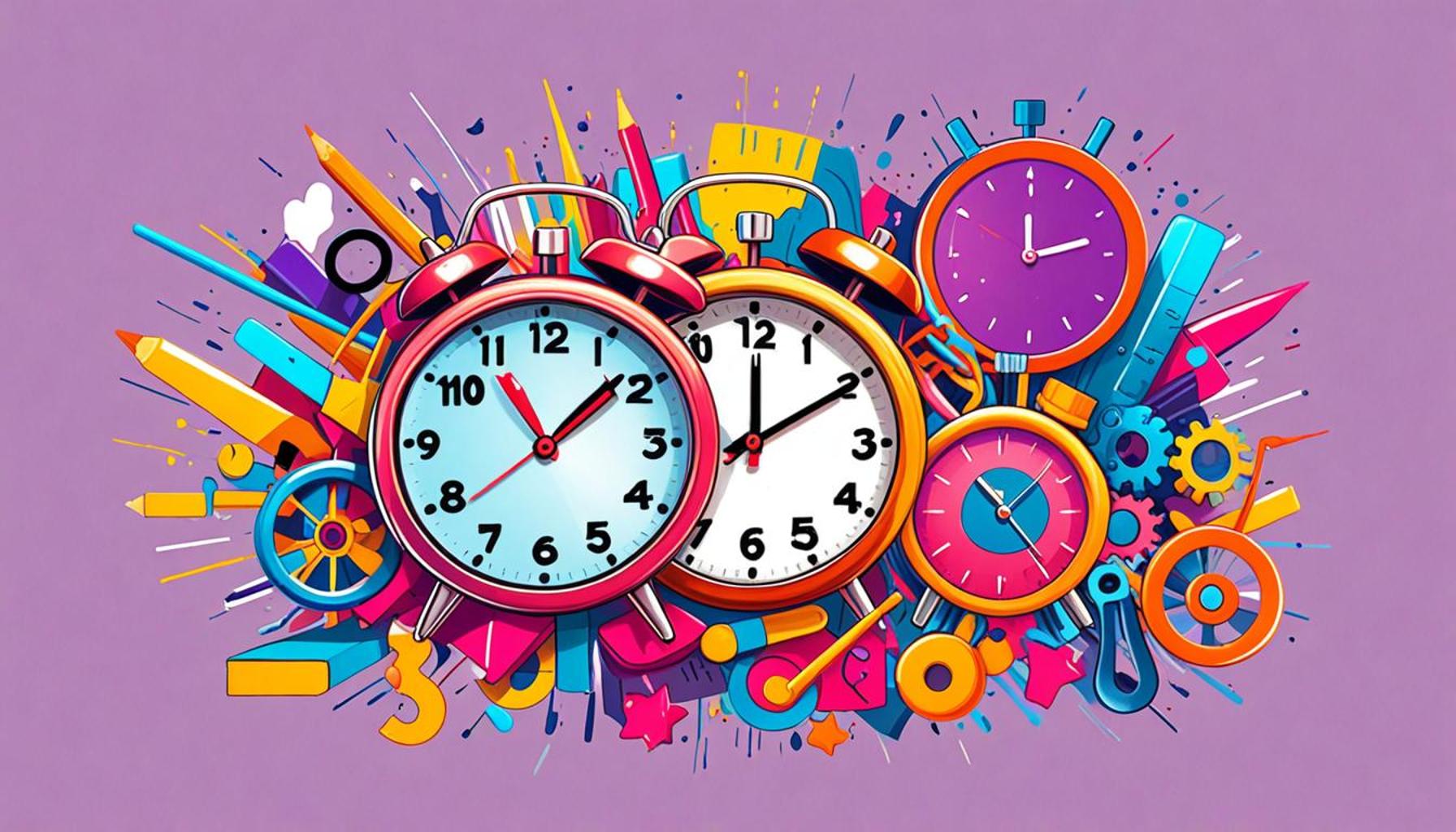Speedy Decluttering Achieve Visible Results in Just 15 Minutes Daily

Embracing Minimalism Through Quick Decluttering
In our fast-paced lives, the concept of minimalism has gained significant popularity as a way to strip away the excess and focus on what truly matters. Many struggle with clutter, which not only occupies physical space but also creates mental chaos. Fortunately, dedicating just 15 minutes a day to decluttering can lead to significant transformations.
Keys to Understanding the Influence of Minimalism
- Promotes a sense of clarity and peace
- Encourages intentional living and mindfulness
- Enhances productivity by reducing distractions
This approach to decluttering is not about an all-or-nothing mindset, but rather about making small, manageable changes. Preparing to embark on this journey, it’s essential to know the top strategies that can yield the best results. Join us as we explore the Top 5 tips for effective decluttering in just 15 minutes each day, paving the way towards a more organized and fulfilling life.
YOU MAY ALSO LIKE: Read this other article
Top 5 Tips for Quick Decluttering: 15 Minutes a Day for Visible Results
Decluttering can seem like a daunting task, conjuring images of endless sorting and emotional goodbyes to long-held possessions. However, dedicating just 15 minutes a day can lead to remarkable transformations in your living space. Embracing minimalism is about more than just having fewer items; it’s about creating a more intentional space that fosters peace and productivity. Below are the top five ways to maximize your time and efforts for quick decluttering results.
5. Start with Your Vision Board
Before diving into decluttering, it’s essential to visualize the end goal. Creating a vision board can help you define what a clutter-free space means to you. Whether you opt for a collage of magazine clippings and printed images or prefer a sleek digital board using tools like Pinterest, the idea is to curate a collection of inspiring spaces that resonate with your ideal lifestyle.

By having a clear visual goal, you can focus your decluttering efforts more effectively. Each time you spend 15 minutes decluttering, refer to your vision board. This practice not only keeps you motivated but also ensures that the items you choose to keep align with your aesthetic and functional desires. Seeing beautifully organized spaces can boost your productivity and provide a mental benchmark for the serenity you’re working towards.
4. Tackle One Category at a Time
A common mistake many people make is attempting to declutter an entire room in one go, which can quickly lead to feeling overwhelmed. Instead, dedicate your 15 minutes to one specific category. Typical categories might include:
- Clothing
- Books
- Kitchenware
- Papers
- Sentimental items
Focusing on a single category allows for more thoughtful decisions regarding what to keep and what to let go of. When you concentrate on a particular type of item, it becomes easier to identify duplicates and unnecessary belongings. During this process, ask yourself key questions: Do I use this item regularly? Does it hold significant sentimental value? By the end of the week, you will have deeply assessed multiple categories, bringing order to what was once chaos.
3. Use the Four-Box Method
An efficient way to streamline the decluttering process is through the Four-Box Method. Grab four empty boxes and label them:
- Keep
- Donate
- Sell
- Trash
During your 15-minute decluttering session, quickly sort items into these boxes. The process demands quick decision-making, which can be very liberating. If you find it difficult to decide, set a timer for one minute for each item. If you can’t decide in that timeframe, it likely doesn’t hold much value for you. This method not only helps organize your space rapidly but also creates a sense of accomplishment with each session. Plus, it provides a clear plan for what happens to each item, making the finishing touch of decluttering—getting rid of unwanted items—much simpler.
2. Create a Decluttering Schedule
Establishing a decluttering schedule is crucial for ongoing success. Designate specific days of the week for different rooms or categories. For instance, consider:
- Monday for your bedroom
- Wednesday for the kitchen
- Friday for living spaces
This structured approach not only makes decluttering more manageable but also fosters a habit of regular organization. As you stick to this ritual, you’ll notice the cumulative impact of your efforts, transforming cluttered areas into serene spaces in just 15 minutes at a time. Moreover, having a schedule can help reduce stress by giving you a clear plan of action, eliminating the overwhelming feeling of not knowing where to start.
1. Keep the Momentum Going
The key to successful decluttering is consistency. After your initial 15-minute sessions, you might find that you can declare items for donation or trash without hesitation. To maintain momentum, set a timer for an additional 5 minutes after your scheduled time. This brief commitment can reveal items you may have initially overlooked or those that have lost their utility in your life. Often, the act of more frequent sorting and reconsideration helps in cementing the permanence of a clutter-free ethos.
Furthermore, encourage others in your living space to join the movement. The more individuals involved, the more effective the decluttering can become. Creating a culture around minimalism can lead to greater awareness of the items we consume and keep. You might even consider hosting a group declutter with friends or family, turning a potentially tedious task into an enjoyable and social event.
By implementing these strategies consistently, you can achieve significant decluttering results in a matter of weeks. Remember, the aim is not perfection but rather gradual improvement towards a more mindful and organized space. Each small effort contributes to the grand result—a living space that is harmonious, organized, and truly reflective of you.
| Category | Description |
|---|---|
| Time Efficiency | The essence of “Decluttering rápido” lies in its time-efficient approach. By dedicating just 15 minutes a day, one can seamlessly integrate decluttering into daily routines, minimizing disruption to other responsibilities. |
| Visible Results | Regular 15-minute sessions lead to tangible improvements in living spaces, keeping motivation high and encouraging continued effort. |
| Mental Clarity | Decluttering not only impacts physical space but also enhances mental well-being. A calmer environment often results in a sharper focus and reduced stress levels. |
| Sustainable Habits | Adopting a quick decluttering routine fosters sustainable tidiness. Such habits can transform one’s approach to organization, making decluttering a permanent part of life rather than a temporary fix. |
In understanding the transformative aspects of “Decluttering rápido”, one can appreciate that the method is not merely about removing clutter but rather about enriching both physical and mental spaces. The tangible results seen in just a quarter of an hour daily can uplift spirits and instill a sense of accomplishment. Furthermore, the mental clarity that arises from a decluttered environment cannot be understated, as it plays a crucial role in enhancing productivity and fostering a positive mindset. Creating sustainable habits also ensures that the changes made during the 15-minute sessions are maintained, preventing future overwhelm. In essence, this method cultivates a lifestyle shift, turning tidying up from an occasional chore into a fulfilling daily ritual that can lead to long-term success and happiness in both personal and professional spheres.
LEARN MORE: This related article may interest you
Frequently Asked Questions About Quick Decluttering
How effective is decluttering for just 15 minutes a day?
Spending only 15 minutes a day on decluttering can be surprisingly effective. This method leverages the power of small, consistent actions, making it less overwhelming than dedicating an entire day to organizing. The key is consistency. Over time, these short bursts of effort can lead to significant changes in your living environment, creating a tidier and more relaxing space.
What strategies should I use during these 15 minutes?
There are several strategies you can employ to maximize your results in a short period. Firstly, focus on one area at a time, such as a desk, a drawer, or a section of a room. Use a timer to keep track of your 15 minutes for better concentration. Have a plan in mind: sort items into categories like ‘keep,’ ‘donate,’ or ‘discard.’ The goal is to make visible progress in each session, which will motivate you to continue over the coming days.
Can decluttering really improve my mental health?
Yes, decluttering can have significant benefits for your mental health. Studies have shown that a cluttered environment can lead to feelings of stress and anxiety, while a tidy space can promote a sense of calm and order. By engaging in daily decluttering, you not only clear your space but also create a more peaceful and focused mindset, which can improve your overall well-being.
Is 15 minutes enough time for a larger space?
For larger spaces, 15 minutes may not seem enough, but approaching it step by step can eventually lead to comprehensive results. Consider breaking the task into smaller portions and tackle one section each day. Over several sessions, even a larger space can be transformed, showing that every minute counts when it comes to decluttering.
What are common mistakes to avoid during the decluttering process?
A common mistake is trying to do too much too quickly, which can lead to burnout and frustration. Another is not having a clear plan or end-goal in mind. Keep clear objectives for each session, and avoid holding onto items “just in case,” as this can impede progress. By maintaining a focused and realistic approach, you can achieve more efficient results and sustain motivation.
LEARN MORE: This related article may interest you
Conclusion: Embracing the Power of Quick Decluttering
In the relentless pace of modern life, taking just 15 minutes a day to declutter your space is not merely a task but a transformative practice. This article emphasizes the importance of such brief daily sessions that yield visibly effective results, aligning seamlessly with the principles of minimalism.
Main Takeaways
The core of this approach lies in setting a timer and focusing on one area at a time. By tackling small, manageable spaces—be it a desk drawer or a shelf—you avoid the overwhelming task of an all-day tidy-up. This method not only simplifies the process but also instills a sense of accomplishment.
Minimalism is about fostering an environment that reflects our inner desires for simplicity and clarity. Through consistent daily efforts, we achieve more than just a tidy space; we cultivate a mindset of intentional living. The practice makes it easier to let go of items that no longer serve a purpose, promoting mindful consumption and reducing stress.
Additionally, this structured routine brings balance to our hectic lives. Carving out these brief moments prompts a deeper understanding of what we truly value, thus minimizing distractions and enhancing focus.
In essence, the strategy of dedicating 15 minutes each day to decluttering serves as both a practical and philosophical pathway toward minimalism. The value extends beyond visual aesthetics, encouraging a lifestyle that prioritizes meaningful choices. As you integrate this simple yet powerful habit, you might find yourself more deeply connected to both your environment and your personal aspirations.
This journey of decluttering is a reminder that significant change can begin with the smallest of steps, paving the way for a serene and minimally cluttered living space.


